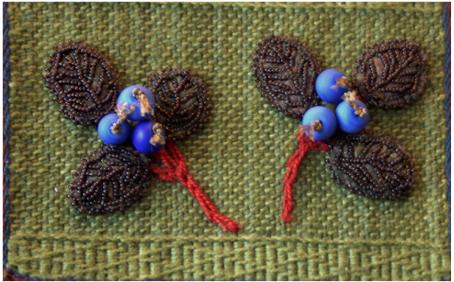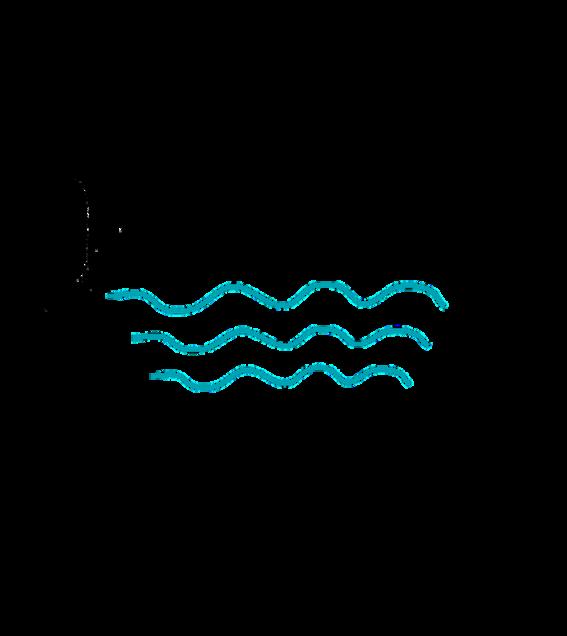
7 minute read
Brian Monongye
A Time of Prophecy
Brian Monongye (Hopi) Seventh Generation Fund Board Vice Chair
BRIAN MONONGYE
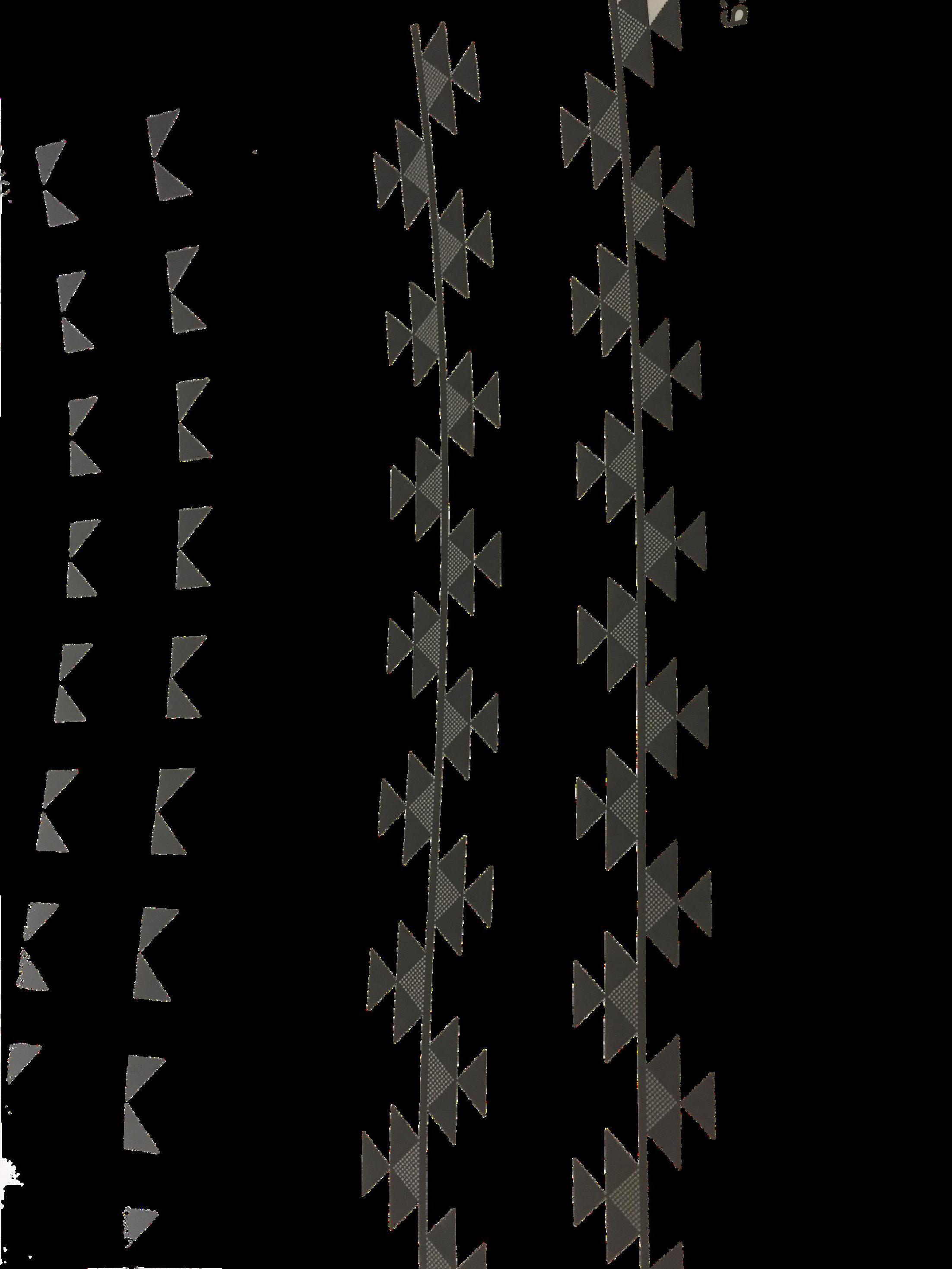
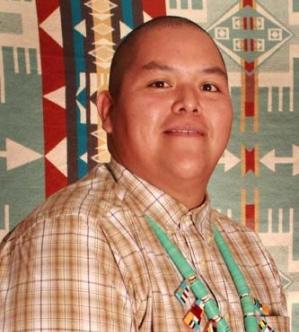
Brian is from the village of Mungapi, born from the Fire Clan. He is an artist, farmer and active community member. Brian has been actively engaged in issues affecting his homeland from water issues to mining issues.
He has advocated for Indigenous Peoples' issues from the national to the international arenas. Currently, Brian is the coordinator for the Native Youth Cultural Exchange, a community based project that helps develop and nurture young men as Native leaders.
Prophecy Rock

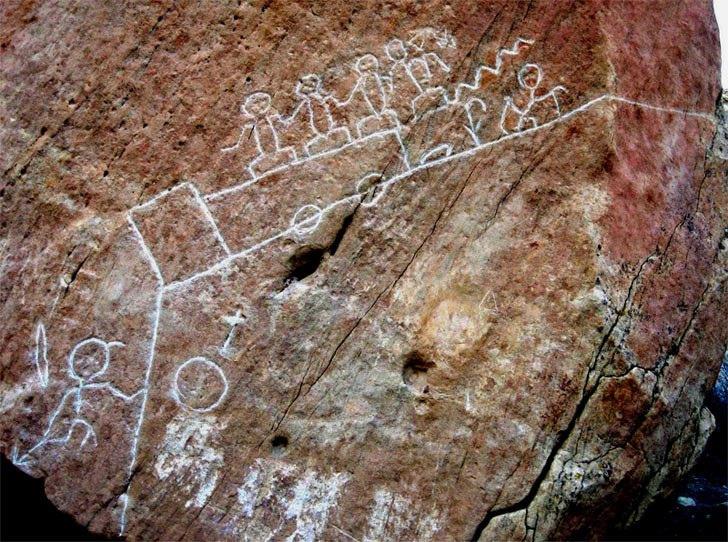


There are many versions here on Hopi for this message carved on sandstone near Oraibi Village. This version I share is what I learned from some elders. It varies from elder to elder and yet the message remains the same.
When the People arrived to this world, Massau, the owner of this world gave the People simple instructions. It was instructed that we live by the law of the corn. Massau possessed a planting stick, corn seeds, and gourd of water. It was instructed that if we are to live here, in the place we now know as Tuuwanasavi-Hopi Land, we must live as he does, simply. At that time the People agreed to abide with these instructions.
Massau also foretold the People that in coming generations that we would have two paths ahead of us. As you can see the top line has many figures holding hands. On this path we see towards the end of this there are wavy lines and suddenly it stops. Many of these figures are widely shaped. These represent obesity as so many now have gotten lazy. It is said this represents the current path we are on now. We have forgotten the instructions from Massau which we had agreed to so long ago - to live by the simple life plan respecting corn.






You see the bottom line which has two round circles and a half circle. This path represents the instruction we should be living by. It is said there will be two big major worldly events to happen. It has been said these two events have already occurred. The full circles mean that when those events occurred that we as humanity survived through it as a whole.
Going back to the top you see a line coming back down from the figures above. It is said to represent we still can make these changes. We can come back to the original instruction given to us. But if we decide to stay on the path above it’ll only bring an end to humanity. They says many things will happen to bring this path to an end.
Some say humanity will destroy itself from within. Meaning technology may destroy us or that nature will unleash her forces to bring about a swift end. If we can bring ourselves back to the bottom line you see that the line goes on and on. We also see the half shaped circle. It is said another major event will occur and only half of humanity will survive this. If you’ve been living by Massau instruction, you’ll survive what is to come. Perhaps what is even happening now.
You see the figure who is a stick figure. That is said to represent a healthy individual who has continued to live by Massau’s life plan. If we continue to live by these instructions the line never fades away. We will continue to live long and healthy lives into the future if we return back to these simple instructions. To live in balance and harmony with nature is to honor that commitment we were given long ago. This is the version of this prophecy that I have heard and remember to share with you here.

Lani Hotch (Tlingit) 2019/20 Tradition Bearer for Bio-Cultural Diversity Fellow
LANI HOTCH

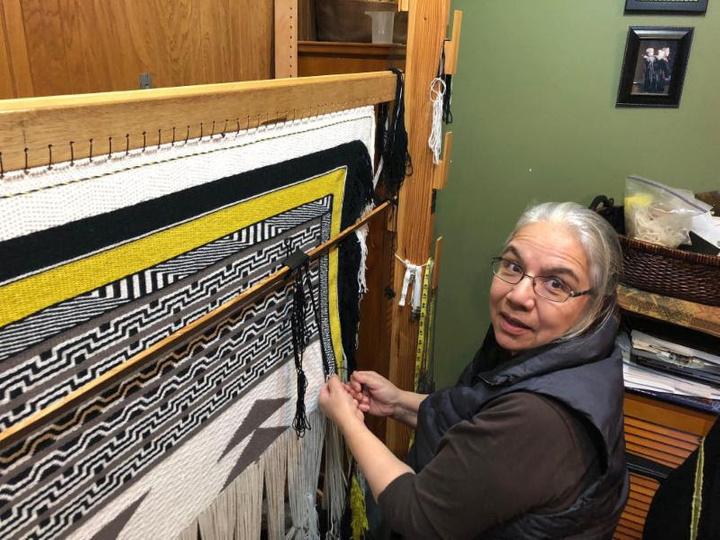


Lani Hotch is a Tlingit woman who was born in the ancient village of Klukwan, Alaska where she remains living. She has lived all of her adult life trying to affect positive change in her community and strongly believes that restoring the cultural traditions of our ancestors is key to not only survive, but to thrive. As a tradition bearer in her community she has had to be resourceful and learn to cast a wide net at times to accomplish what is needed for her tribe/community.
We are stewards of the land, the air, and the water. Our elders have told us this---not only in words but in the way they have lived and taught us to live. Our people have a proverb: “Haa xaséigoo xanu haa atxaayí, ” which interpreted means “Our life is close to our food. ” This proverb has meaning on so many different levels.


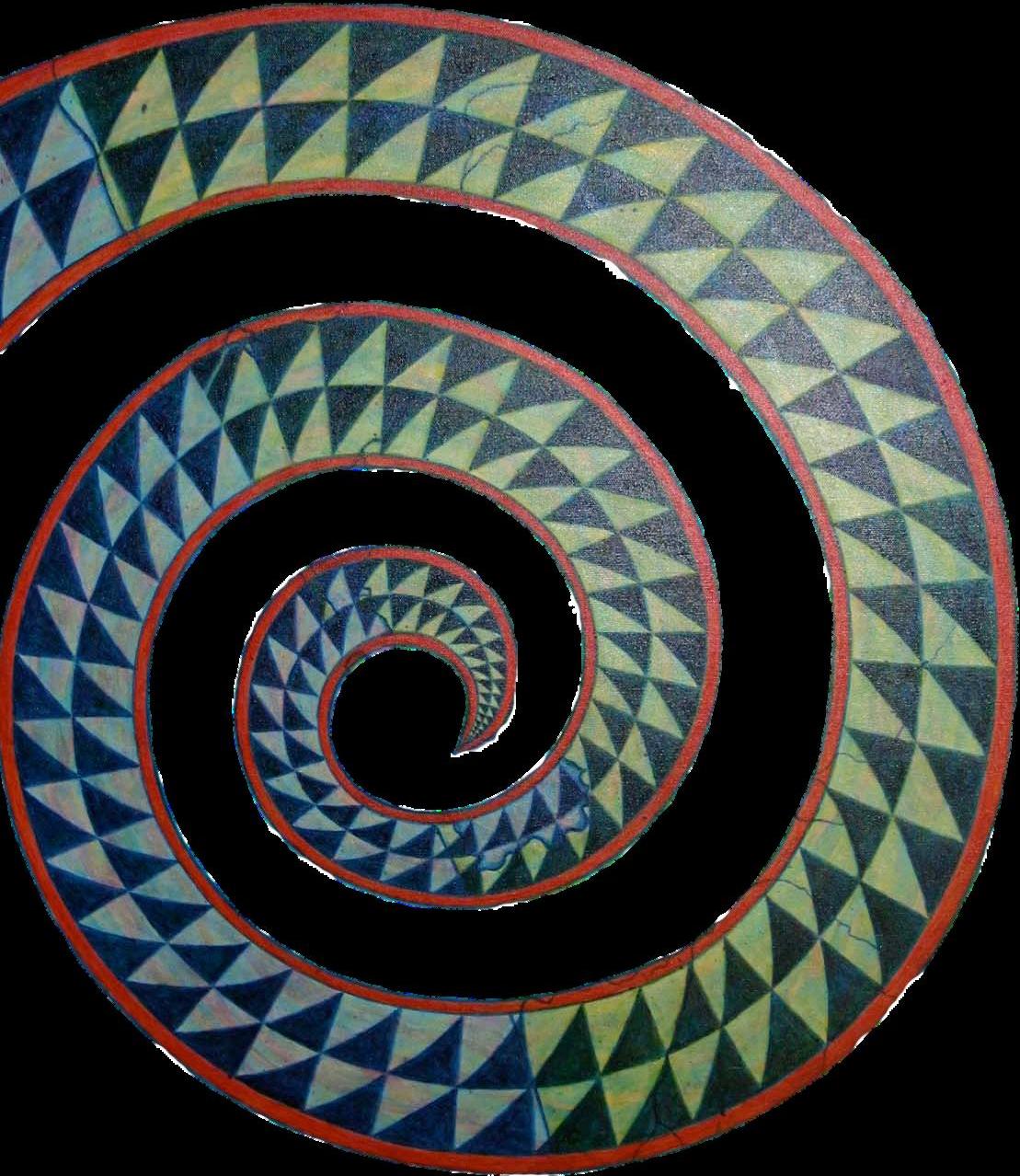


First, our health is largely determined by the foods we eat, and the best foods come right from our natural environment. Wild Salmon from untainted rivers, wild berries from the forest, seaweed plucked from rocky, pristine shores are some of the foods our people eat in southeast Alaska. We also grew up learning to help with harvesting and processing foods.
Second, harvesting and processing foods from nature is time consuming and takes up a substantial part of our life. As a small child I learned to pick berries and began to learn how to make traditional dry fish at first just hanging salmon strips on the wooden poles as my grandmother cut them. Then as a teenager I started cutting the salmon strips myself, and later as a young mother I began pressure processing both fresh pack and smoked salmon.
Third, all those subsistence skills are good to have, but an even greater lesson was learned----we all depend upon each other. We all work together to harvest our food from the land—Grandmother, Mom, Dad, Aunts, Uncles, Brothers, Sisters, cousins, in-law all doing their part to help, and all the while laughing, joking, telling stories. It drew us together and made us realize we are all in this together, and we could trust each other.
Finally, this proverb reveals to us that when you live close to the land, there is always an element of danger and that knowledge taught us to walk softly upon the land, to treat the salmon, the animals and plants that we so depend upon for our survival with respect. To respect means to never take more than what you need, always share with each other, and to give back by expressing your gratitude. “Shtoo gaa xát ditée, ” is a Tlingit phrase that indicates a deep sense of gratitude for something.
When we express our deep gratitude, it is humbling and it helps us to live in a proper relationship with our creator, with each other, and with the land.
Attached is a photo of detail taken from my Berries on Sunshine Mountain Weaving. The Berries weaving is done in appreciation of the wild berries we are blessed with.
